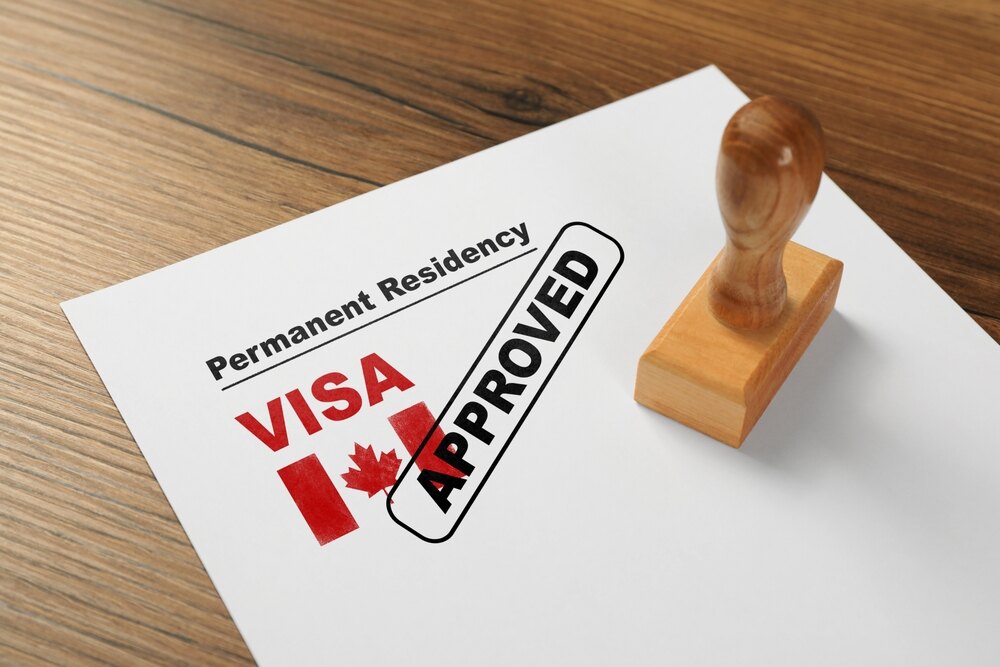Understanding Canada’s Provincial Nominee Programs (PNPs)
Canada has long been a top destination for immigrants seeking better opportunities, a high quality of life, and a safe environment for their families. To manage immigration effectively while addressing specific labour market needs, Canada operates several pathways to permanent residence, one of which is the Provincial Nominee Program Canada (PNP). This program allows provinces and territories to nominate individuals who wish to immigrate to Canada and settle in a particular province.
In this article, we’ll take a closer look at how PNP immigration works, its benefits, and how it compares with other Canada immigration programs, particularly the Express Entry system.
What is the Provincial Nominee Program Canada?
The Provincial Nominee Program Canada was designed to enable provinces and territories to meet their unique demographic and economic needs. Through the PNP, Canadian provinces and territories can nominate individuals who have the skills, education, and work experience required to contribute to their local economies.
Each province and territory (except Quebec, which has its own selection process) operates its own PNP with streams tailored for different groups such as skilled workers, semi-skilled workers, entrepreneurs, and international graduates. Some popular PNPs include:
- Ontario Immigrant Nominee Program (OINP)
- British Columbia Provincial Nominee Program (BCPNP)
- Alberta Advantage Immigration Program (AAIP)
- Saskatchewan Immigrant Nominee Program (SINP)
- Manitoba Provincial Nominee Program (MPNP)
These programs are an essential part of Canada immigration programs, helping to attract talent to less populated regions and boosting their economic development.
How PNP Immigration Works
There are two main ways to apply through a Provincial Nominee Program:
- Non-Express Entry (Base) Stream
Applicants apply directly to a province or territory’s PNP. If nominated, they then apply for permanent residence to Immigration, Refugees and Citizenship Canada (IRCC). This route usually takes longer but can be a good option for those who may not meet Express Entry criteria. - Express Entry-aligned (Enhanced) Stream
Many PNPs are aligned with the federal Express Entry system. Candidates must first create an Express Entry profile. If a province or territory nominates a candidate, they receive an additional 600 Comprehensive Ranking System (CRS) points, virtually guaranteeing an Invitation to Apply (ITA) for permanent residence.
This system offers flexibility and accessibility, making PNP immigration a viable option for many prospective immigrants.
Benefits of the Provincial Nominee Program
Here are some of the top advantages of applying through the Provincial Nominee Program Canada:
- Lower CRS Requirements: PNPs often have lower CRS score requirements compared to federal programs, making it easier for some candidates to qualify.
- Focused Opportunities: Provinces tailor their programs to address labour shortages in specific industries like healthcare, IT, construction, and agriculture.
- Community Integration: Because applicants agree to live in the nominating province, they often find a supportive local community which helps in smoother settlement.
- Faster Pathways: Some PNPs offer expedited processing, especially those aligned with the Express Entry system.
Overall, PNPs provide a more targeted and often more attainable path for those who may not have the highest CRS score or who have ties to a specific province.
Express Entry vs PNP: Key Differences
When exploring Canada immigration programs, many people ask about Express Entry vs PNP. Here’s a breakdown of the main differences between the two systems:
| Criteria | Express Entry | Provincial Nominee Program |
|---|---|---|
| Managed By | Federal Government | Provincial/Territorial Governments |
| Processing Time | 6 months (average) | Varies (may be longer for base streams) |
| CRS Requirement | Competitive and high | Can be lower with nomination |
| Provincial Nomination | Optional (600 CRS boost) | Required for application |
| Flexibility | Settle anywhere in Canada | Commitment to live in nominating province |
In short, Express Entry vs PNP often comes down to your eligibility, CRS score, and whether you have a preference or connection to a specific province. For candidates with lower CRS scores or a job offer from a province, the PNP route can be the smarter choice.
Is PNP Immigration Right for You?
Choosing the right immigration program depends on several factors including your profession, language skills, education, and where you intend to live in Canada. PNP immigration is particularly suitable for:
- Individuals with a job offer from a Canadian employer in a specific province.
- International graduates from Canadian institutions located in certain provinces.
- Workers in high-demand occupations listed by provincial governments.
- Candidates who may not meet the Express Entry CRS cut-off.
If you fall into one of these categories, exploring the Provincial Nominee Program Canada may significantly improve your chances of becoming a permanent resident.
Conclusion
The Provincial Nominee Program Canada is a critical component of the country’s immigration strategy. It helps spread the benefits of immigration more evenly across the nation by directing skilled workers to provinces that need them most. Whether you’re a skilled professional, entrepreneur, or recent graduate, PNP immigration could be your gateway to a successful and fulfilling life in Canada.
When considering Canada immigration programs, it’s essential to understand your options and choose the path that best aligns with your goals. Comparing Express Entry vs PNP will help you decide on the most strategic and effective route to permanent residence.
For those ready to make Canada their new home, the PNP is more than just a program—it’s a pathway to opportunity.

